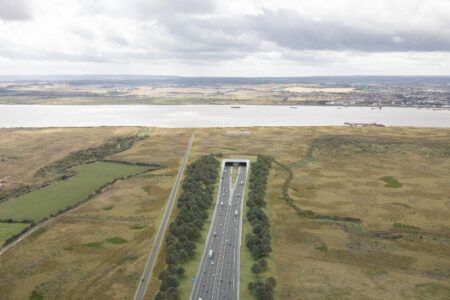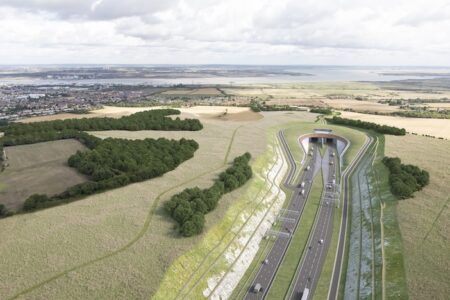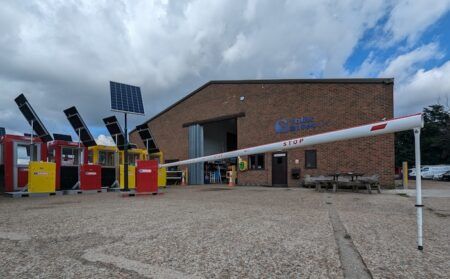When it was discovered that 558 of Pennsylvania’s 25,000 state-maintained bridges were classified as structurally deficient, state decision makers required a management system that would store and organize large volumes of data during their repair and reconstruction.
In a first-of-its-kind public-private partnership (P3), the Pennsylvania Rapid Bridge Replacement Project is working to replace 558 bridges in three years, and has strict guidelines for design reviews and specific types of required responsiveness. To meet the project’s needs, the Pennsylvania Department of Transportation (PennDOT) needed to substantially upgrade its legacy document management systems with an economically viable replacement that could be implemented quickly. The system needed to have the ability to accept, track, review/comment on, and return results of submittals to and from the development entity in such a way that reviews are held accountable, and progress can be tracked adequately.
PennDOT opted for e-Builder Enterprise, a platform that manages capital program costs, schedules and documents, allowing owners to measure and manage the project from the planning and construction to the operations phase. PennDOT had six goals for the project, and the e-Builder platform needed to process information that would support them. The goals were to:
expedite delivery of replacement bridges;
design, build and maintain bridges using high-quality, cost-effective and sustainable technical solutions;
design, build and maintain bridges in an environmentally sound manner that ensures the safety of the traveling public and minimizes environmental impacts;
minimize the duration of public inconvenience during construction and maintenance of bridges;
undertake work on a whole-life management basis to ensure that bridges are handed back in a suitable condition;
minimize the cost and funds required to design, build, finance and maintain the project.
Due to the project’s geographic distribution, a multitude of stakeholders required access to the platform, which at peak times could mean more than 450 users on the system. The e-Builder software knows the time allowed to the department for review, which varies by submission type, automatically calculates due dates, and sends notification of pending actions or reviews. This includes all future maintenance requirements for a term of 25 years after the bridge is constructed.
“The department expects to receive high-quality bridges at the end of the term that may have reduced maintenance costs through the useful life,” said Mike Bonini, director of PennDOT’s P3 Office. “Each step of the process is accounted for, so that at a programmatic level, the department can analyze trends to ensure that the process for reviews is operating as efficiently as possible. This is a powerful feature of the solution that has allowed the department to, in the spirit of ongoing improvement, constantly evaluate and adjust internal procedures to gain efficiencies.”
Ron Antevy, e-Builder’s president and CEO, noted, “Due to the complexity of this project, it was important that the project management software used could easily and clearly share updates on where each phase of planning and execution stood, and what needed to be done next.”




